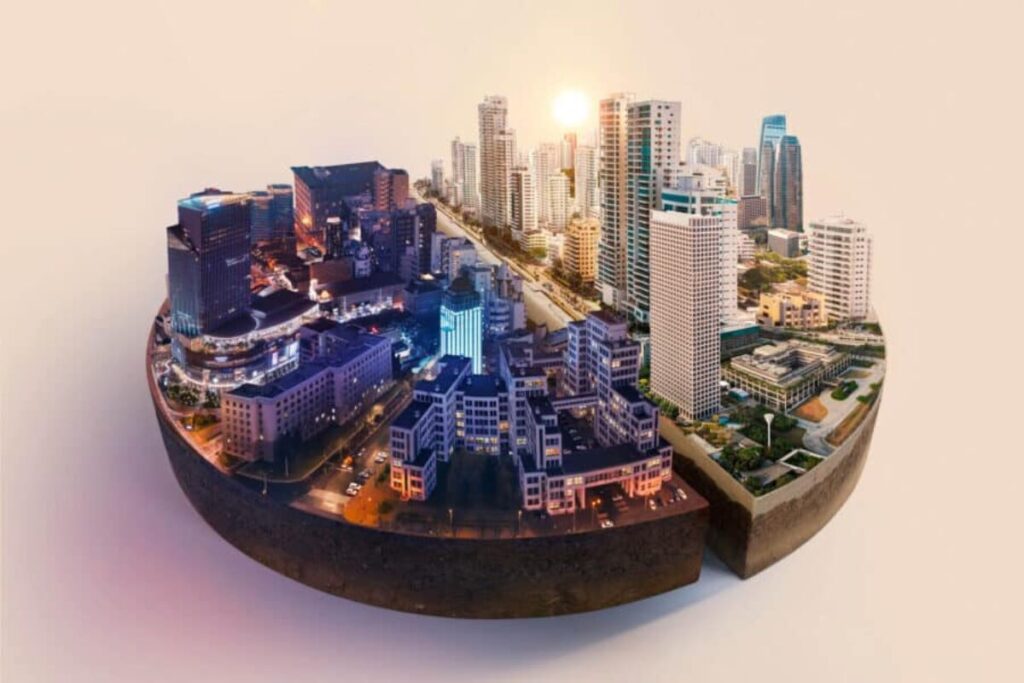As urbanization trends continue to reshape the landscape of commercial real estate, one of the most significant developments in recent years has been the rise of mixed-use projects in major metropolitan areas. These projects, which combine residential, commercial, and recreational spaces within a single development, are increasingly seen as the future of urban living. The shift towards mixed-use developments is driven by a variety of factors, including changing consumer preferences, the need for sustainable urban growth, and evolving municipal zoning regulations.
The concept of mixed-use developments isn’t new, but its resurgence in modern real estate has been profound. According to a 2023 report by the Urban Land Institute (ULI), mixed-use properties in the United States saw a 15% increase in investment from the previous year, reaching over $45 billion. This trend is particularly strong in cities like New York, Los Angeles, and Miami, where the demand for integrated living and working spaces continues to outpace supply.
Jason Ceriani, a seasoned business consultant with deep expertise in commercial real estate, has observed this trend closely. He notes that the growing popularity of mixed-use developments is not just a passing trend but a fundamental shift in urban planning. “The evolution towards mixed-use spaces is driven by the need for more sustainable and community-focused urban environments. These developments are reshaping our cities in a way that aligns with the needs of modern society.”
A key driver behind this trend is the increasing demand for sustainable urban growth. Cities around the world are grappling with issues like traffic congestion, housing shortages, and environmental concerns. Mixed-use developments, by design, promote a more efficient use of space and resources. They reduce the need for long commutes, lower carbon footprints, and foster a sense of community that is often missing in traditional urban layouts.
“We are witnessing a paradigm shift in urban planning where mixed-use developments are no longer just an option but a necessity,” said Jonathan F.P. Rose, CEO of Jonathan Rose Companies, in an interview with Forbes. “These projects are crucial for building resilient cities that can withstand economic and environmental challenges.”
Data from the National Association of Realtors (NAR) supports the benefits of these developments. Properties within mixed-use environments tend to have higher occupancy rates and command premium rents compared to single-use properties. A 2022 survey by NAR found that 68% of urban dwellers preferred living in a mixed-use neighborhood, citing proximity to amenities and reduced commuting times as major factors. This demand is driving developers to increasingly favor mixed-use projects over traditional commercial developments.
Ceriani has also highlighted how this trend is influencing investment strategies within the commercial real estate sector. “Investors are recognizing the long-term value of mixed-use developments. These projects offer multiple revenue streams and are more resilient to market fluctuations, which is crucial in today’s volatile economic environment,” he said, reflecting a broader industry consensus.
“The success of mixed-use developments lies in their ability to create a vibrant community that integrates living, working, and leisure,” stated Ed Walter, Global CEO of ULI, in an article for Commercial Property Executive. “They are becoming the blueprint for sustainable urban growth and are increasingly being embraced by cities worldwide.”
The success of these developments hinges on several factors, including location, design, and the ability to attract the right mix of tenants. Ceriani emphasizes the importance of strategic planning and thorough market research in ensuring the success of these projects. “It’s not just about building a property; it’s about creating an environment that resonates with people. Understanding the needs of the community and integrating those insights into the design is key to a successful mixed-use development.”
As cities continue to evolve, the role of mixed-use developments in shaping the future of urban living cannot be overstated. The rise of mixed-use developments presents both a challenge and an opportunity to redefine urban spaces in a way that aligns with the needs of modern society.
In conclusion, as the demand for integrated urban environments grows, mixed-use developments are set to play a critical role in the future of commercial real estate. The industry is poised to meet these challenges head-on, creating vibrant, sustainable communities that will stand the test of time.


